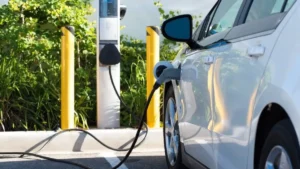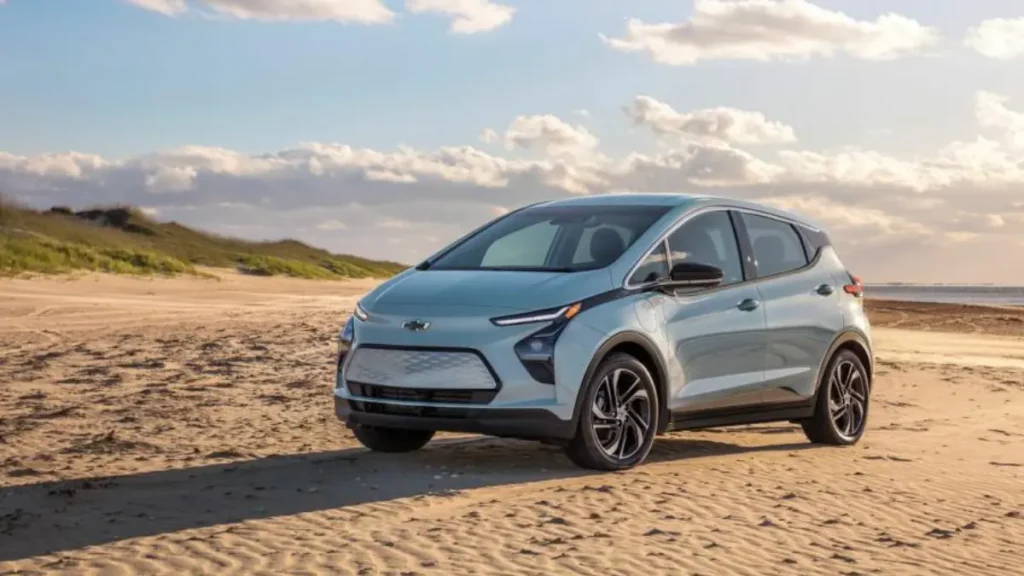As electric vehicles (EVs) become more popular, understanding how to efficiently charge your electric car is crucial for maximizing battery life and ensuring you’re always ready to hit the road. Charging an electric car may seem straightforward, but there are several best practices and tips that can help you get the most out of your EV charging experience.
This guide will walk you through essential tips for charging your electric car, from the basics of charging types to strategies for optimal battery health.
Know Your Charging Options
Electric vehicles can be charged using different types of chargers, each with its own advantages and limitations. Understanding these options will help you choose the best method for your needs.
- Level 1 Charging: This is the most basic form of charging and involves plugging your EV into a standard 120-volt household outlet. It’s slow and typically used for overnight charging at home. Level 1 charging is convenient but may not provide enough range for daily needs if you drive long distances regularly.
- Level 2 Charging: This type of charging uses a 240-volt outlet, which is faster than Level 1. Level 2 chargers are commonly installed at home or found at public charging stations. They offer a more rapid charging solution, making them ideal for daily use and longer trips.
- DC Fast Charging: DC fast chargers provide rapid charging and are usually found at public charging stations along highways or in high-traffic areas. They can charge your battery to 80% in 30 minutes or less, making them perfect for long trips and quick top-ups.
- Wireless Charging: An emerging technology, wireless charging uses electromagnetic fields to transfer energy to your vehicle without physical connectors. While still in the early stages of development, it promises a more convenient charging experience in the future.
Develop a Charging Routine
Establishing a consistent charging routine is key to maintaining your EV’s battery health and ensuring you always have sufficient range. Here’s how to develop a good routine:
- Charge Overnight: Plug in your vehicle each night to take advantage of Level 1 or Level 2 charging. This ensures you start each day with a full battery and minimizes the need for public charging.
- Avoid Frequent Fast Charging: While DC fast charging is convenient, frequent use can lead to faster battery degradation. Reserve fast charging for long trips or emergencies and rely on Level 2 charging for regular use.
- Monitor Battery Levels: Aim to keep your battery charge between 20% and 80% for daily driving. Charging to 100% can be beneficial for long trips but doing so regularly can reduce battery lifespan.
Optimize Charging Times
Charging your EV at the right time can save money and benefit the environment. Here’s how to optimize your charging schedule:
- Take Advantage of Off-Peak Hours: Many utility companies offer lower rates during off-peak hours, typically late at night. Schedule your charging to occur during these times to save on electricity costs.
- Use Smart Charging Features: Many EVs and home charging stations come with smart features that allow you to schedule charging times or adjust settings based on your needs. Utilize these features to optimize your charging routine.
- Check for Public Charging Availability: When planning longer trips, use apps or websites to locate and check the availability of public charging stations along your route. This helps avoid unexpected delays and ensures you can find a charging station when needed.
Ensure Proper Equipment Maintenance
Maintaining your charging equipment is essential for safe and efficient charging. Follow these tips to keep your equipment in good condition:
- Regularly Inspect Cables and Connectors: Check your charging cables and connectors for signs of wear or damage. Replace any worn or damaged parts promptly to avoid safety issues.
- Keep Charging Ports Clean: Dirt and debris can interfere with the connection between your vehicle and the charger. Keep the charging port on your car and the connector clean to ensure a proper connection.
- Install a Quality Home Charging Station: If you’re using a Level 2 home charging station, ensure it’s installed by a qualified electrician. A professional installation helps prevent electrical issues and ensures your charging setup is safe and reliable.
Maximize Battery Health
Proper battery maintenance is crucial for extending the lifespan of your EV’s battery. Here are some tips to help maintain battery health:
- Avoid Extreme Temperatures: Exposure to extreme heat or cold can affect battery performance and longevity. Whenever possible, park your EV in a garage or shaded area to protect it from temperature extremes.
- Use Battery Management Features: Many EVs come with battery management systems that help optimize charging and discharging. Familiarize yourself with these features and follow manufacturer recommendations for best practices.
- Regularly Update Software: Keep your vehicle’s software up-to-date, as manufacturers often release updates that can improve battery management and overall performance.
Be Prepared for Emergencies
Even with careful planning, you may encounter situations where you need to charge your EV in less-than-ideal conditions. Here’s how to be prepared:
- Carry a Portable Charger: Consider carrying a portable charger or a Level 1 charging kit in your vehicle. This can be useful in emergencies when you need to top up your battery and no other charging options are available.
- Know Your EV’s Range: Familiarize yourself with your vehicle’s range and plan your trips accordingly. Being aware of how far you can travel on a single charge helps you avoid running out of battery.
- Have a Backup Plan: In case you encounter a problem with a charging station or your home charger, have a backup plan in place. This might include knowing the location of nearby charging stations or having alternative transportation options.
Conclusion
Charging your electric car efficiently involves understanding your charging options, developing a good routine, optimizing charging times, maintaining your equipment, and taking steps to maximize battery health. By following these essential tips, you can ensure that your EV remains reliable, efficient, and ready for any journey. As electric vehicles continue to evolve, staying informed about the best practices for charging will help you get the most out of your electric car and contribute to a more sustainable future.




